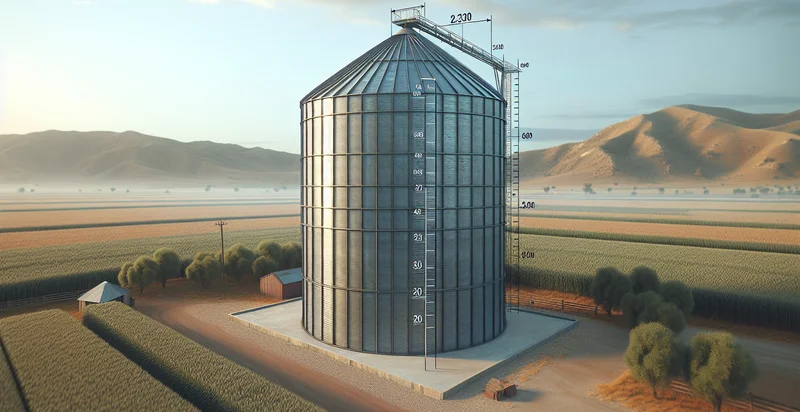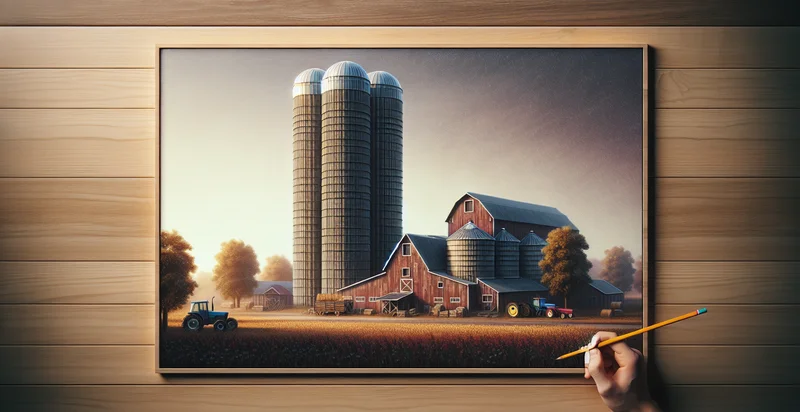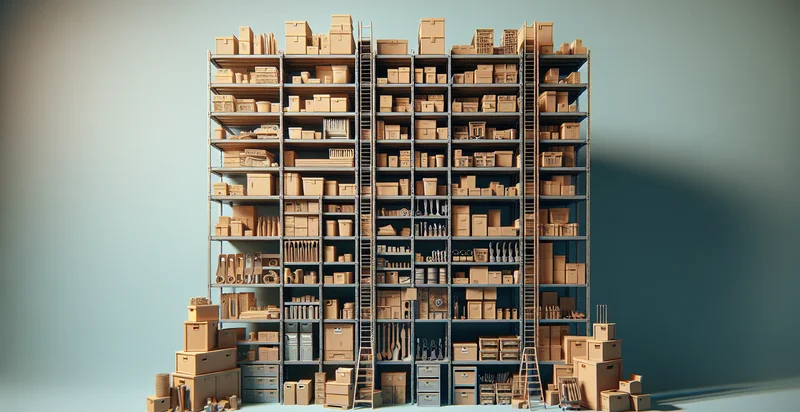Identify height of grain bin in feet
using AI
Below is a free classifier to identify height of grain bin in feet. Just upload your image, and our AI will predict the height of a grain bin in feet. - in just seconds.

Contact us for API access
Or, use Nyckel to build highly-accurate custom classifiers in just minutes. No PhD required.
Get started
import nyckel
credentials = nyckel.Credentials("YOUR_CLIENT_ID", "YOUR_CLIENT_SECRET")
nyckel.invoke("height-of-grain-bin-in-feet", "your_image_url", credentials)
fetch('https://www.nyckel.com/v1/functions/height-of-grain-bin-in-feet/invoke', {
method: 'POST',
headers: {
'Authorization': 'Bearer ' + 'YOUR_BEARER_TOKEN',
'Content-Type': 'application/json',
},
body: JSON.stringify(
{"data": "your_image_url"}
)
})
.then(response => response.json())
.then(data => console.log(data));
curl -X POST \
-H "Content-Type: application/json" \
-H "Authorization: Bearer YOUR_BEARER_TOKEN" \
-d '{"data": "your_image_url"}' \
https://www.nyckel.com/v1/functions/height-of-grain-bin-in-feet/invoke
How this classifier works
To start, upload your image. Our AI tool will then predict the height of a grain bin in feet..
This pretrained image model uses a Nyckel-created dataset and has 12 labels, including 1-5 Feet, 10-15 Feet, 15-20 Feet, 20-25 Feet, 25-30 Feet, 30-35 Feet, 35-40 Feet, 40-45 Feet, 45-50 Feet and 5-10 Feet.
We'll also show a confidence score (the higher the number, the more confident the AI model is around the height of a grain bin in feet.).
Whether you're just curious or building height of grain bin in feet detection into your application, we hope our classifier proves helpful.
Related Classifiers
Need to identify height of grain bin in feet at scale?
Get API or Zapier access to this classifier for free. It's perfect for:
- Grain Storage Optimization: Farmers and grain storage facilities can utilize the height of grain bin classification to optimize storage capacity. By accurately measuring and identifying the height of grain bins, operators can determine the most efficient way to distribute grain among available storage options.
- Safety Compliance Monitoring: Agricultural safety inspectors can leverage the height classification to ensure bins adhere to safety regulations. Proper height measurements are critical for avoiding overloading and maintaining structural integrity, which can prevent accidents.
- Inventory Management: Grain buyers can implement this function to assess the capacity of grain bins before purchasing. Knowing the height of storage facilities assists in evaluating inventory levels and procurement strategies effectively.
- Weather Damage Assessment: Insurance companies can analyze the height of grain bins to evaluate weather-related damages. By classifying the height, they can determine risk levels and process claims more accurately based on potential loss evaluations.
- Agricultural Equipment Design: Manufacturers of agricultural equipment can use the height classification to design machinery that fits into specified grain bin dimensions. This ensures compatibility with existing storage systems, leading to better product functionality.
- Logistics and Transportation Planning: Logistics companies can use this classification to inform transport logistics planning. Understanding the dimensions of grain storage bins helps in determining the most efficient ways to schedule pickups and deliveries.
- Regulatory Reporting: Government agencies can utilize height classification data for regulatory reporting within the agricultural sector. Accurate height data helps in maintaining compliance with agricultural policies and facilitates better monitoring of grain storage infrastructure.


